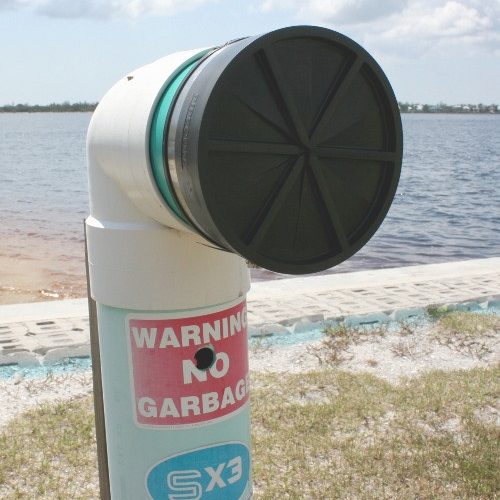o you backfire your bar, and in a hot second, you have a fledgling’s home of unimaginably tangled monofilament. Thirty minutes of cussing, spooling, hacking with your folding knife, and winding line abandons you ready to get it done yet with a cluster of waste line blowing around the base of the vessel like tumbleweed. Try not to give it a chance to blow over the edge, don’t discard it, don’t simply forget about it-reuse it.
The issue
Monofilament angling line generally isn’t biodegradable and can last submerged for a considerable length of time. Deserted line is in charge of endless untamed life passings to seabirds, fish and marine well evolved creatures as the line can tangle. As indicated by figures given by NOAA, “in 2005, volunteers taking part in the International Coastal Cleanup (ICC) – the world’s biggest single day volunteer exertion to profit the marine condition – found 101 marine creatures (angle, winged creatures, spineless creatures, warm blooded creatures and reptiles) caught in different types of marine flotsam and jetsam. Of these, around 60 percent were snared in disposed of angling line and nets.”
Lost and surrendered monofilament is accepted to be in charge of unimaginable decreases in sound coral, angle settlements and invertebrate bivalves. Concentrates by the University of Hawaii demonstrate that disposed of angling gear traps and ingestion have been accounted for in no under 267 creature species around the world. In the 2009 Mississippi Coastal Cleanup, in excess of 539 bits of disposed of angling line were gotten in only three hours. The way that this stuff can drift around on the sea for a long time and isn’t biodegradable in water is enlightening.
While the effect on natural life is disturbing and generous, there are different dangers that deserted line convey. It can make a suffocating peril jumpers and recreational swimmers. Monofilament can be sucked into modern bilge siphons and admission valves, stopping up hardware and demolishing gear. Consistently several boaters encounter direct the bad dream of spun props, pitifully caught in a work of angling line. This can result in destroyed outings, expensive fixes, and the possibility of being unfastened adrift with no power.
The arrangement
Harmed, old or unusable line ought not be discarded, as scroungers can drag and disperse the line to where it is brought once again into nature. You can consume it, however doing as such can result in unsafe exhaust and greater chaos. The main beyond any doubt fire arrangement is useful reusing .
In 2008, the Mississippi Department of Marine Resources (DMR) established the Mississippi Monofilament Recycling Program. From LaFrance Marina on the Louisiana state line to the Heron Bayou Boat Launch on the Alabama one, Mississippi DMR has set up 23 angling line-reusing areas to gather disposed of line at no expense to general society. In the previous two years, more than 175-pounds of angling line have been reused in the Magnolia State program.
The Berkley Conservation Institute has been leading endeavors to reuse line since 1990. They have effectively reused more than 9-million miles of line from 17,000 accumulation containers around the world. In the event that you don’t have a DMR or Berkley container close you, Berkley takes all line sent in at:
Berkley Recycling
1900 eighteenth Street
Soul Lake, Iowa 51360
Such presence of mind ventures as throwing capably, monitoring angling around obstacles and strictures can shield you from losing line unnecessarily. You likewise need to keep up your line and examine it before each trek to ensure it isn’t frayed, removed or worn. Not exclusively would you be able to lose your line, you can lose important draws and potentially tremendous groundbreaking fish when working with old line.


